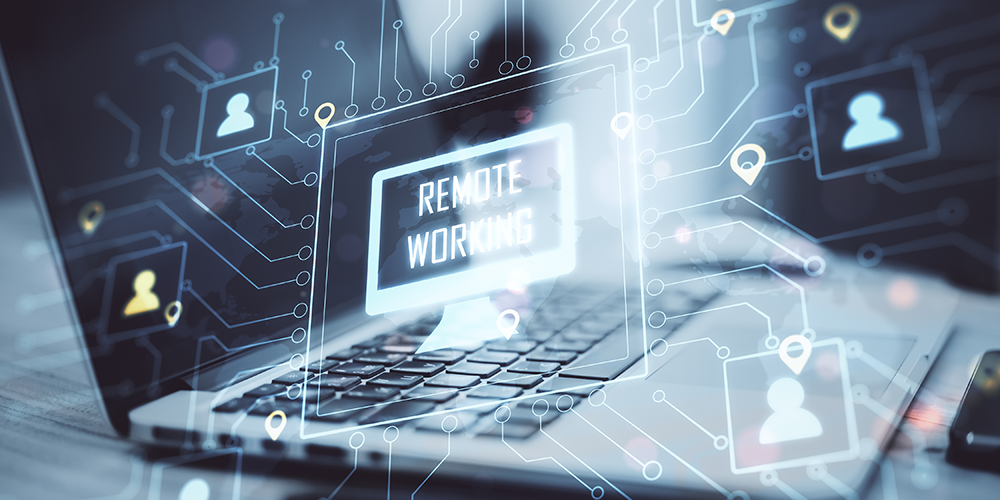
Aug 16, 2021 | SMB Technology, SMB Technology, SMB Technology, SMB Technology, Technology News
Many companies realized the benefit of remote employees working from home. With companies competing to be the employer of choice, ability to work remotely has become a benefit many job hunters are looking for. With remote work becoming even more popular, technologies like cloud, software-defined wide-area networking (SD-WAN) and more have helped to provide a fast, secure and connected work environment. Read on to learn more about how cloud-based technologies support the remote-work experience Take Advantage of the Cloud Since it’s unlikely for remote workers to have IT infrastructure at home, the cloud supports remote access to a company’s applications and data. With just an Internet connection and a web browser needed to access a virtual desktop, remote workers can easily communicate, collaborate and complete tasks. Data and applications reside within the cloud, accessible to workers in their home offices. Better yet, SD-WAN can help keep traffic moving and business running smoothly. Keep Things Moving with SD-WAN A software-defined wide-area network, or SD-WAN, keeps bandwidth moving in order to give workers and customers a seamless and enjoyable user experience. Based on criteria that are set up ahead of time, SD-WAN can direct traffic in the most efficient way; if one route is bottlenecked or down for some reason, traffic gets redirected efficiently and your employees remain productive. Unlike traditional wide area networking, SD-WAN provides users a direct route to cloud resources. Not only is SD-WAN fast, it is secure even with transmission of great amounts of data. With such robust technology, workers can communicate and collaborate even more effectively. Collaborate Using Unified Communications ...

Aug 9, 2021 | SMB Technology, SMB Technology, SMB Technology, SMB Technology, Technology News
In the last year, changes forced by COVID have introduced even more vulnerability into computer systems due to the increase in remote work. With cyber attacks, it’s a matter of when, not if. Therefore, many companies are taking a more proactive stance toward protecting technology assets. Read on to learn more about layered security and how to protect your network on multiple fronts. Multiple Layers of Protection Layered security can be defined as using multiple strategies to protect a company’s network, instead of one single strategy. This approach takes into account technology, processes and people and how they interact with each other. The National Institute of Standards and Technology (NIST) has established a framework including the following 5 elements; Identify, Protect, Detect, Respond and Recover. These elements provide a structured representation of layered security that has global adoption. For example, a remote worker seeking to access their company’s system may use a virtual private network to log into their company’s network using an encrypted password along with a secondary form of authentication to access resources based on role and function. Network monitoring can be used to determine who is seeking authentication from which IP address and when to detect a malicious intrusion. Previous training in cybersecurity can keep a worker alert to social engineering (“phishing”) emails, and keep them from clicking on a suspicious link or know how to respond if they feel they have been compromised. In the case of a compromise, local or cloud backup could be used to rapidly recover. In the case where data may be leaked or lost, having an incident...




